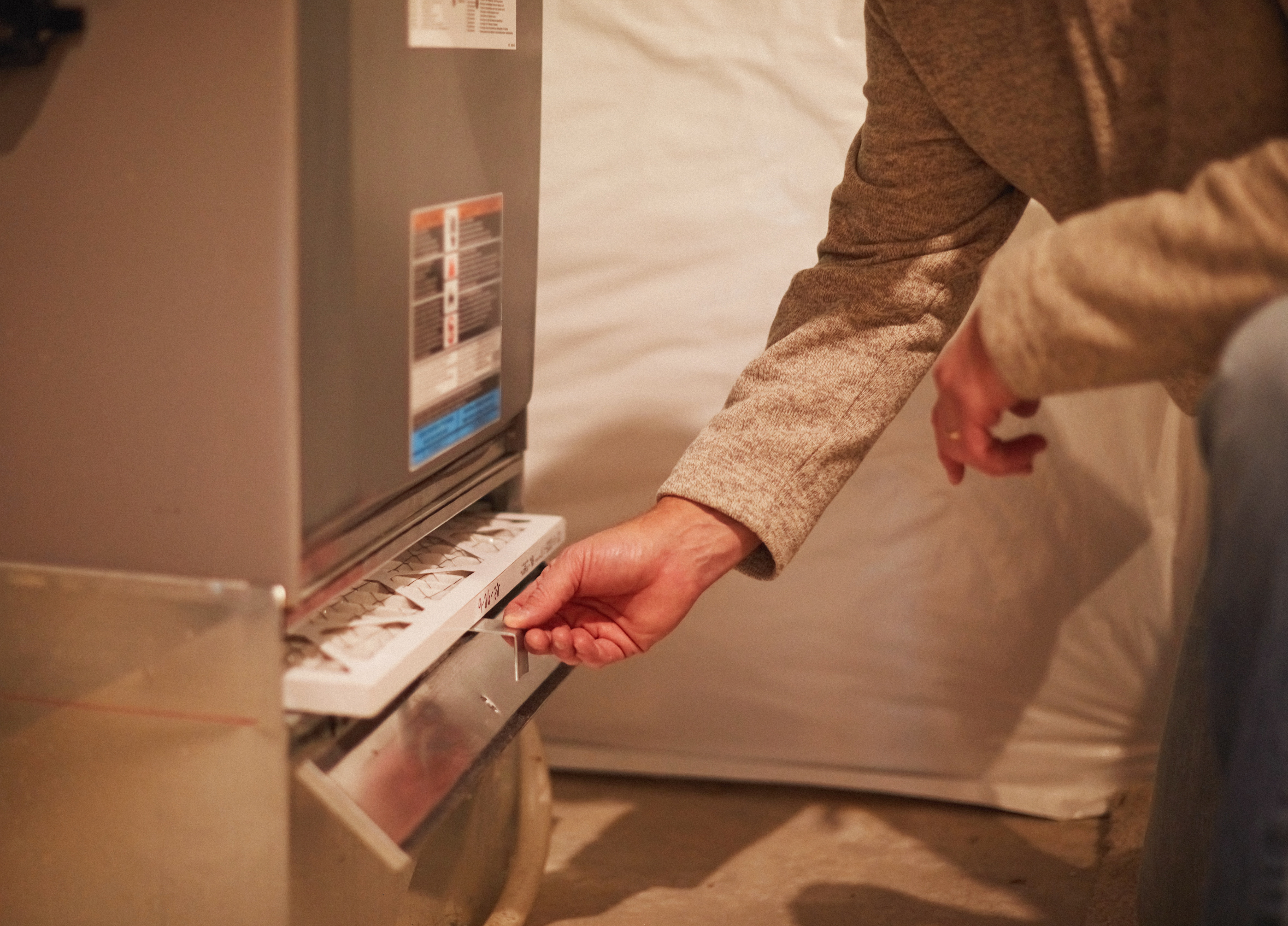
As the chill of winter approaches, your home’s furnace becomes an essential component of keeping your family warm and comfortable. However, just like any other mechanical system, furnaces have a lifespan, and over time, they may begin to show signs of wear and tear. Recognizing these signs early can save you from potential discomfort and costly emergency repairs. In this blog post, we’ll explore the key indicators that your furnace may be on its way out.
1. Age
One of the most straightforward factors to consider is the age of your furnace. A typical furnace has a lifespan of 15-20 years. If your unit is approaching or surpassing this age range, it’s a clear sign that it may be time to start thinking about a replacement.
2. Increased Energy Bills
If you notice a sudden and unexplained spike in your heating bills, it could be an indication that your furnace is struggling to operate efficiently. Older furnaces tend to lose their efficiency over time, resulting in increased energy consumption.
3. Inconsistent Heating
Are some rooms in your home significantly warmer or colder than others? Uneven heating can be a sign that your furnace is no longer distributing heat effectively. This could be due to a faulty blower or other internal components.
4. Strange Noises
Unusual sounds, such as banging, popping, or squealing, coming from your furnace should never be ignored. These noises could indicate issues with the blower motor, bearings, or other internal parts that are failing.
5. Frequent Repairs
If you find yourself calling a technician for furnace repairs more frequently than in the past, it may be more cost-effective to invest in a new, reliable unit. Constant repairs can quickly add up in terms of both time and money.
6. Yellow Pilot Light
A healthy furnace should have a blue pilot light. If you notice it’s turned yellow, this could indicate a carbon monoxide leak, which is extremely dangerous. In this case, turn off your furnace immediately, ventilate your home, and call a professional for an inspection.
7. Inadequate Heat
If your furnace struggles to maintain a comfortable indoor temperature, even after thermostat adjustments, it might be on its last legs. This reduced heating capacity is often a sign of aging or damaged components.
8. Excessive Dust and Soot
If you’re continually finding excessive dust or soot around your furnace, it may be a sign of poor combustion or a cracked heat exchanger, which can be hazardous to your health.
Paying attention to these signs can help you determine whether your furnace is nearing the end of its useful life. Regular maintenance and professional inspections can extend the lifespan of your unit, but eventually, furnace replacement becomes necessary to ensure your home remains warm and safe during the winter months. If you suspect that your furnace is on its way out, don’t hesitate to contact General Sheet Metal, Inc., your trusted HVAC professional for a thorough evaluation and guidance on the best course of action.

